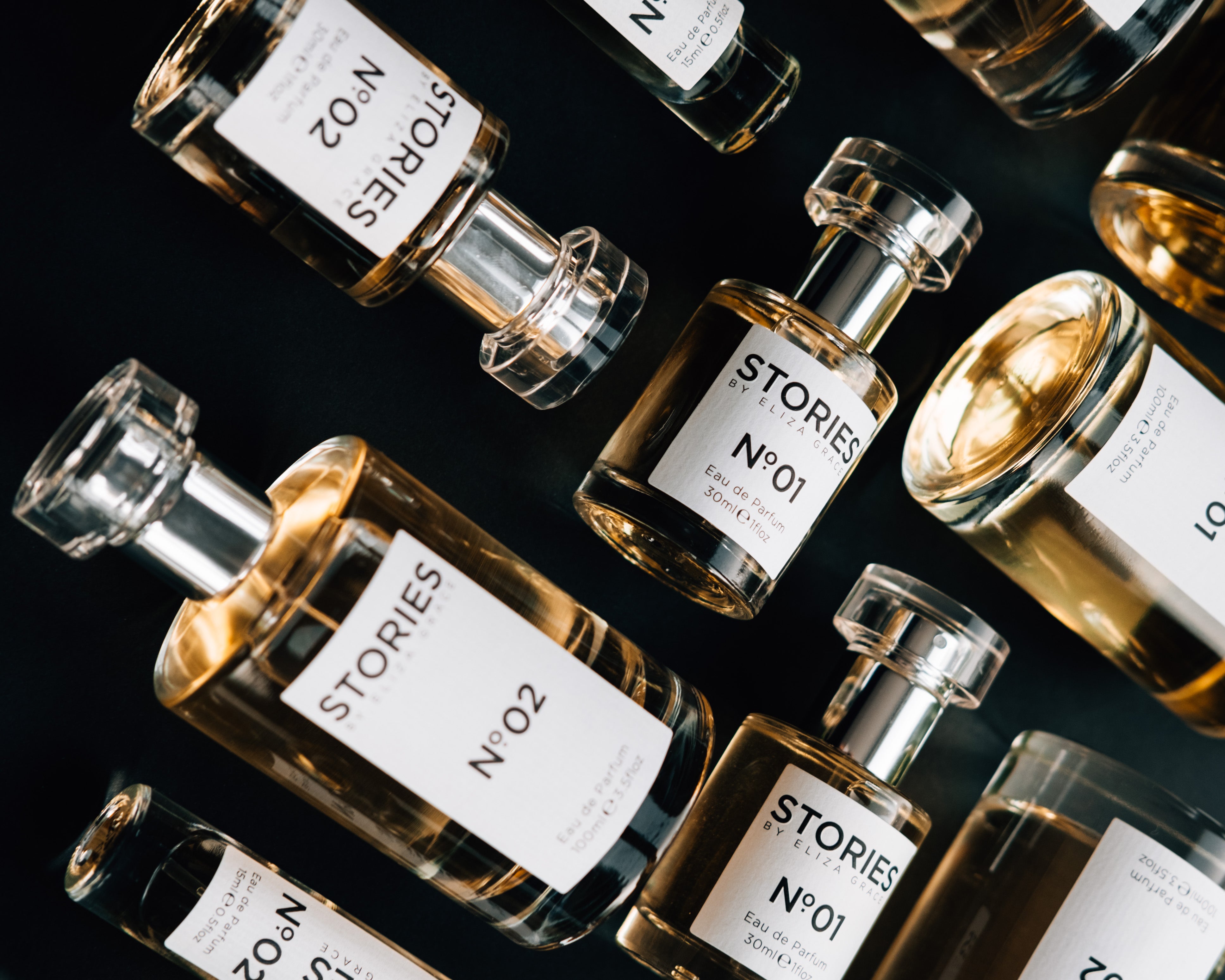Take Notes
The raw materials that go into perfume are known as notes. They are either natural or synthetic in origin and can be grouped into different Facets. These ingredients share common characteristics such as their olfactory profile and volatility. For example, rose and geranium belong to the Floral Facet and they both balance the effect of other notes.
An Introduction to Facets
The Hesperidic Facet is fresh and citrusy. These are the most volatile of the ingredients used in perfumery and are most commonly used as top notes to introduce the fragrance. Some of the main notes in this group are: Bergamot, Bitter Orange, Grapefruit, Lemon, Lime and Sweet Orange. These are the scents that will grab your attention and then step aside for the rest of the blend to emerge.
If you are drawn to natural, herbaceous undertones in a fragrance, it could be notes from the Aromatic Facet that get your vote. This group can be subdivided into four sections: the Citrus Aromatic Facet that includes notes such as Eucalyptus and Lemon Grass; the Cool Aromatic Facet that features Dill and Mint; the Sweet Aromatic Facet, made up of Rosemary, Sage and Thyme, to name a few, and the Warm Aromatic Facet that is fresh and leafy and includes Anise, Basil, Bay and Fennel.
The Floral Facet is the largest and most diverse of the groups. Almost every perfume includes at least one or two of these ingredients. They form a spectrum of sweetness from the fresh scent of hyacinth to powdery, gentle Heliotrope and Violet tones. In between there are cool rose notes, sensual notes of Lily, Magnolia, Ylang Ylang and Frangipani and the warm, slightly spicy notes of Broom, Chamomile and Nicotiana.

Fresh and Hot Spice
You may enjoy a spicy perfume. The Spice Facet brings a fragrance to life and includes notes that partner well with woody tones. Included in this group are fresh spice notes and hot spice notes. The fresh ingredients include Cardamom, Coriander and Ginger, among others. The Hot Spice Facet notes blend well with woody tones and include Cinnamon, Nutmeg, Clove and Pepper.
Woody notes are responsible for adding warmth and depth to a fragrance. They usually fall into the base note category. They form the foundation on which the rest of the notes are stacked. Ingredients such as Cedarwood, Cypress, Juniper, Sandalwood and Vetiver fall into this Facet.
When a fragrance deepens on the skin to reveal a rich, complex scent, it is usually down to notes within the Balsamic Facet. Within this group there are three categories: the Soft Balsamic Facet that forms the backdrop for most oriental compositions, including Cacao, Tonka Bean and Vanilla; the Powdery Balsamic Facet that brings a soft touch to a blend, including Carrot Seed and Orris and the Resinous Balsamic Facet comprised of some of the oldest ingredients in perfumery, such as Frankincense, Myrrh and Opoponax.
A Dynamic Vision
There are other Facets not included here such as the Fresh Green Facet, Moss Facet and Tobacco Facet, among others. Each ingredient within the Facet has a story to tell. It has an origin, a method of extraction that ensures the most essential component is drawn out and a place within the family of a fragrance. Its place is balanced by other ingredients to ensure the composition is dynamic and true to the vision of its curator. The next time you spray your perfume, take a moment to appreciate the history of the ingredients and how they work together on your skin to communicate something completely unique.



Leave a comment
This site is protected by hCaptcha and the hCaptcha Privacy Policy and Terms of Service apply.